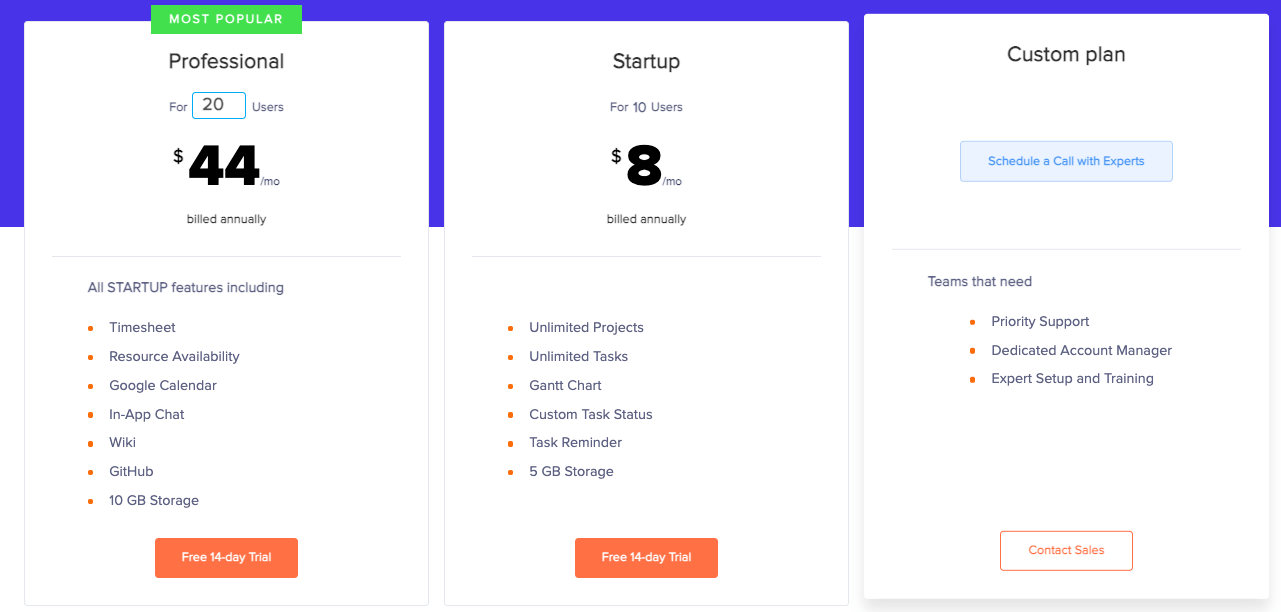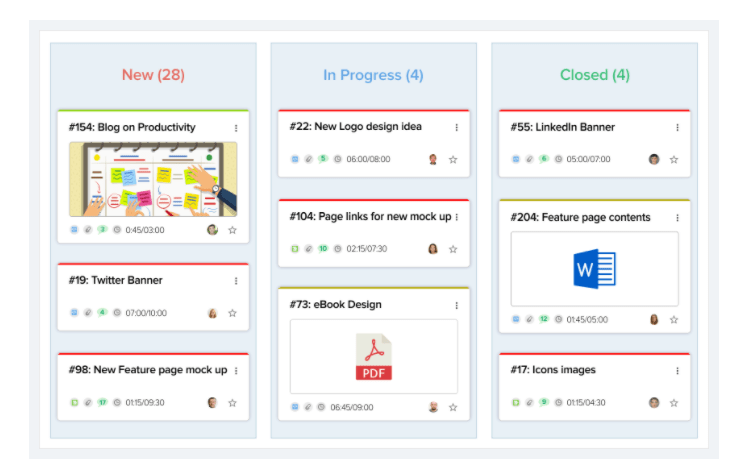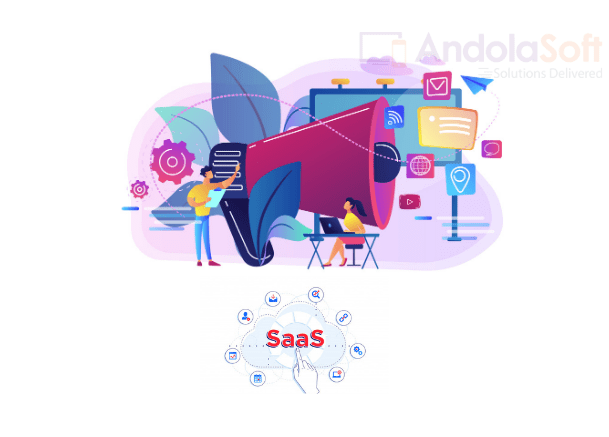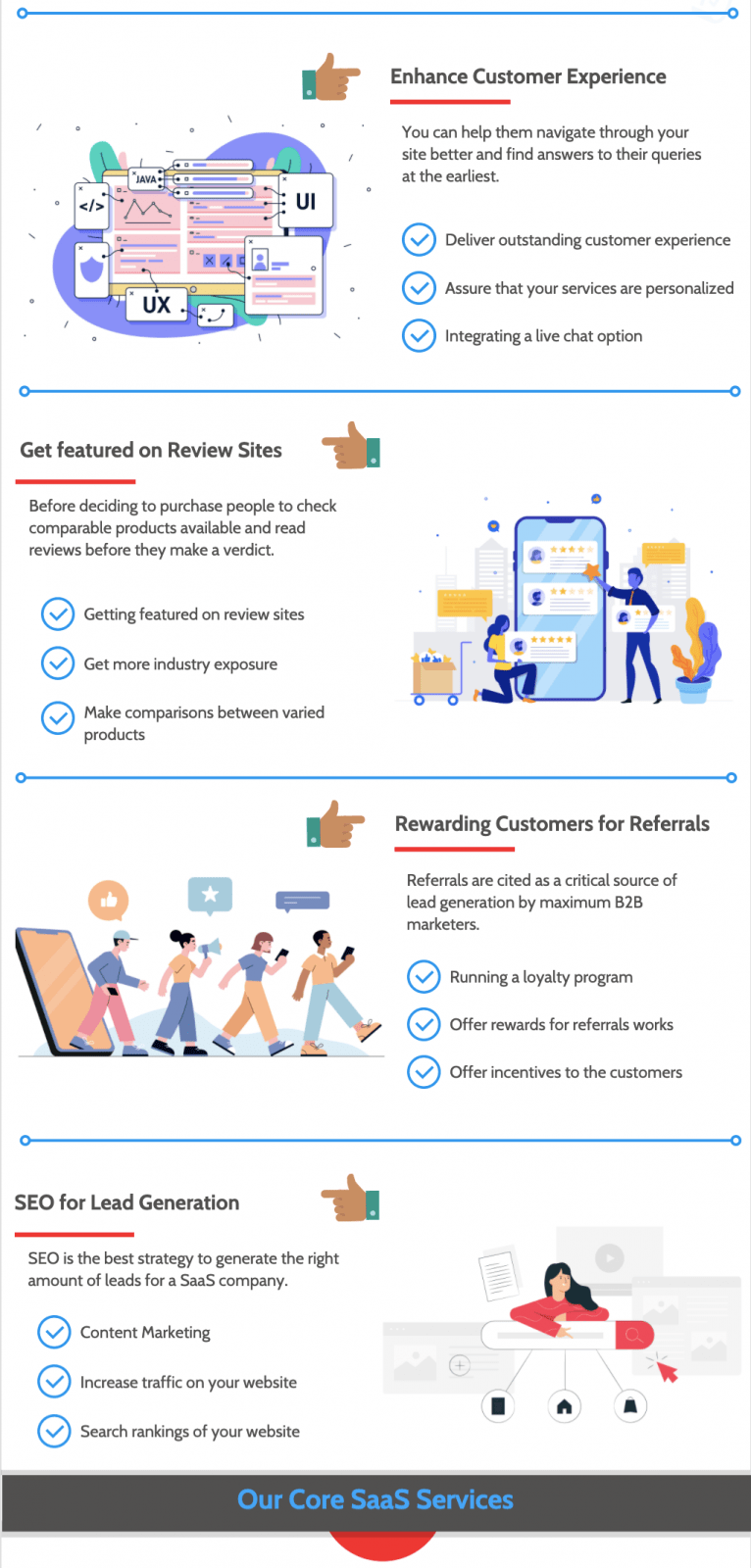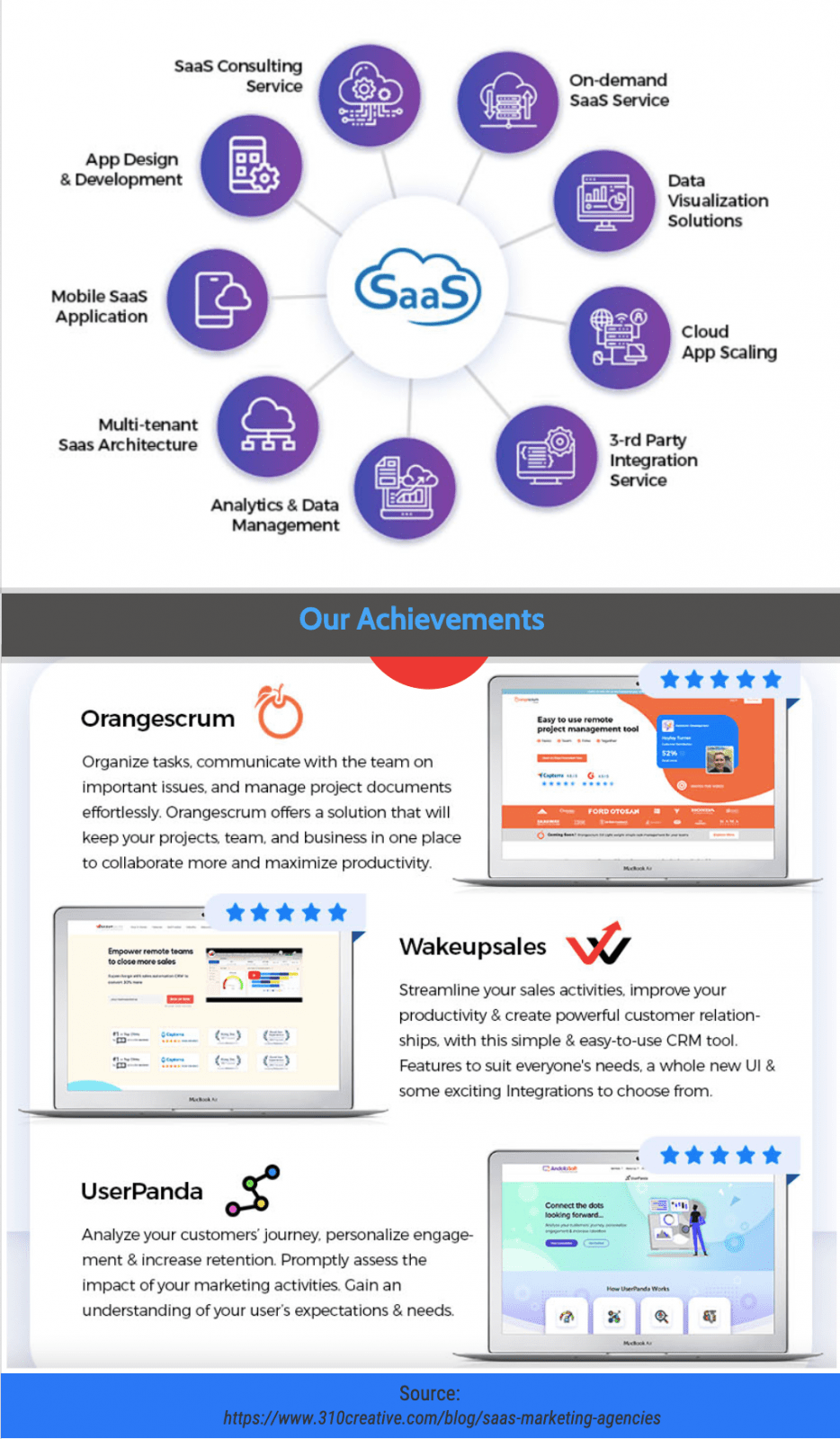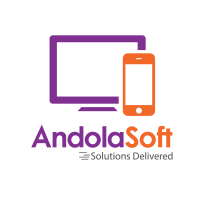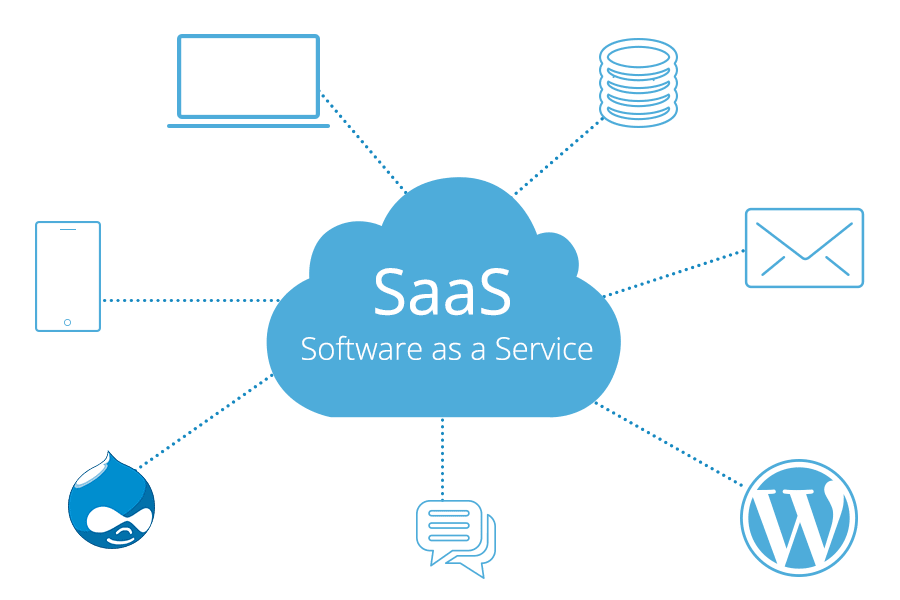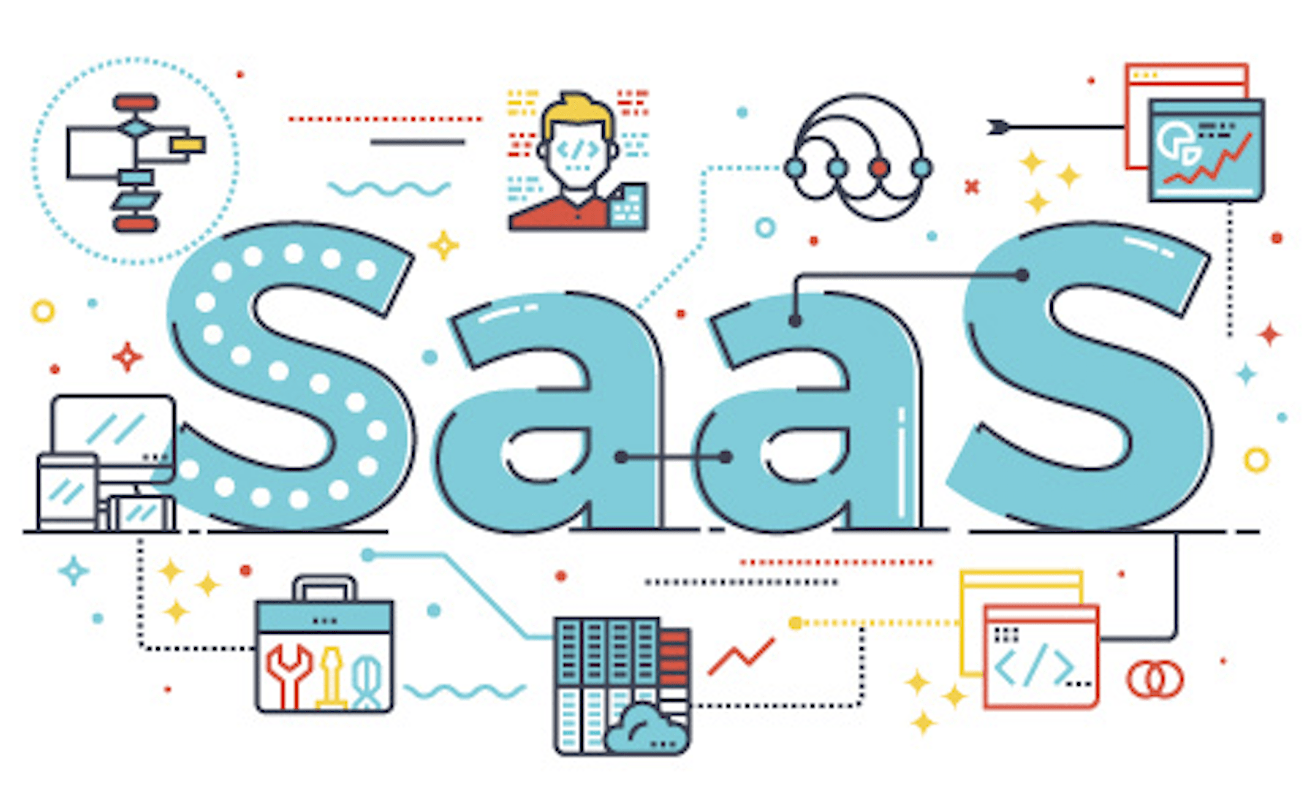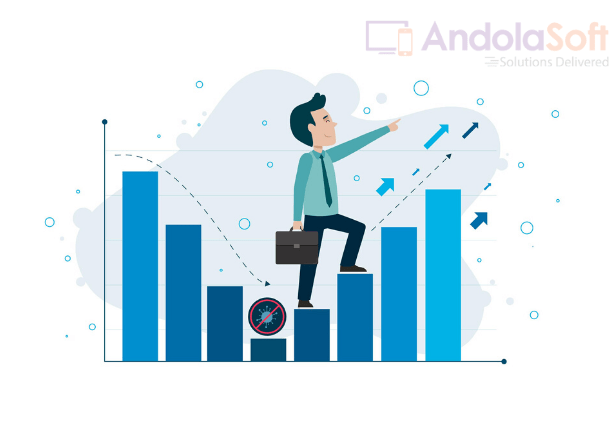In the era of digitalization, the world of business has seen a drastic change. The internet has made it possible for businesses to expand their reach and target a worldwide market. However, this comes with its fair share of challenges. With the abundance of merchandise available, it’s difficult to stand out and make an impact. A marketing strategy is the key to success in the digital world. For a SaaS company, it’s important to have a solid marketing strategy. This will not only help you gain traction, but also drive your sales and monetize your business efficiently.
With the global SaaS revenue hitting $105 billion this year and then expected to cross $141 billion by 2022, it’s tempting to join the bandwagon and develop your own SaaS business.
However, the SaaS business model is quite complex and that’s why your execution needs to be on point from the very beginning.
The pandemic has hugely impacted our lives, with several business sectors barely surviving to stay afloat.
The rate of cloud adoption globally, has grown significantly this year, as many companies that were not in the cloud already, were compelled to migrate to it by enforced remote work.
In fact, the new world order has seen Software as a Service (SaaS) gaining prominence like never before.
Never miss an update from us. Join 10,000+ marketers and leaders.
With limited budgets and accelerated digital growth, SaaS has become the ultimate choice for enterprise IT investments – whether big or small.
So, what makes a strong SaaS business? Here are 7 powerful SaaS marketing strategy: a step by step guide that will help you start off on the right foot from the new year.
Offer A Solution For A Problem
The first thing you need to do is ensure that you are addressing a certain problem and you are offering an effective solution for that problem.
Start by identifying a problem you’ve struggled with and think about how you can solve it in the best possible way.
Another option is to think about how you can solve a certain problem better, cheaper, or faster than your competition.
Having industry experience can also be very helpful as you will be able to identify a void that you can fill.
The bottom line is, if you don’t solve a problem, you don’t have a business.
Write A Plan
Writing a plan is the best way to put your idea onto paper.
This doesn’t mean you have to write 100 pages; you can start with a single page pitch that roughly covers the following:
Strategy section which will contain a short description of your SaaS business and your UVP, the problem you are solving, as well as your solution to that problem (i.e. your product).
This section should also identify your target audience and your competitors and say what makes you different from them.
Your tactics, i.e. the channels you will be using to sell your product, as well as the marketing strategies that you will be employing in order to attract customers.
Include a list of your core team members, as well as the resources you’re going to need.
A SaaS business model. This section will state how your SaaS business will make money. At this stage, include only your key expenses and primary revenue sources.
Once you’ve validated your idea, you’ll be able to revisit your business model and create a detailed cash flow forecast, sales forecast, and expense budget.
Make Some Market Research
Now you have your plan but at this point, it’s just a list of assumptions. In order to determine whether your assumptions are right, you need to validate your idea.
In other words, you need to find out whether your idea can be turned into a viable business that actually makes money.
The best way to do this is by talking to your prospective customers. You can get the necessary feedback by running search ads, launching a coming soon site, or launching a Kickstarter.
You can even go door to door or talk to people face-to-face to find out if they would like a product like yours.
Based on the feedback you collect, you’ll be able to revisit your idea and adjust or refine it.
Or, you might determine that there is no market for your idea and come up with an entirely different one.
Another way to validate your idea is by researching your competitors to see what solutions they’re offering for the same problem.
Is there anything that customers want but don’t get at the moment? What could you do differently and/or better than your competitors?
Get The Pricing Models Right
When it comes to your pricing models, you need to test and be ready to make changes in order for your pricing to fit what your customers are prepared to pay.
And having in mind that the competition in the industry is fierce, this might mean offering your product for less than you believe it’s worth, at least at the beginning.
Performing a thorough check on your competitors is a good place to start.
Determining their average, lowest, and highest prices will help you determine how much you should charge for your software.
Brand To Set Yourself Apart
As we mentioned earlier, the competition in the SaaS industry is fierce, so you need to figure out how to brand and set yourself apart from the others.
This means developing your own tone of voice and investing in design. You can leverage tools like Canva to workshop brand colors, logos, and designs even if you have no design knowledge.
You should also ensure that your messaging is consistent and that your partners, vendors, and clients understand who you are, what your vision is, and how you serve.
Finally, don’t forget to pay attention to your domain.
No matter how insignificant it might seem, choosing a good domain is a key part of your branding strategy, as it will give you credibility and an advantage over the competitors.
If possible, stick with a .com domain name that is short, memorable, and easy to spell.
Prepare A Solid Marketing Strategy:
Content marketing is especially important for SaaS businesses. Getting started with content marketing isn’t hard; all you need is a company blog where you will create content that will help your prospects solve their problems and share your expertise on certain topics to establish yourself as an authority.
Participate In Online Communities
Another way to establish yourself as an expert is to participate in relevant online discussions and comment on other people’s blog posts.
I’ve worked with the team at Andolasoft on multiple websites. They are professional, responsive, & easy to work with. I’ve had great experiences & would recommend their services to anyone.
Ruthie Miller, Sr. Mktg. Specialist
Salesforce, Houston, Texas

Figure out where your potential customers like hanging out online and try to get coverage in those locations. It can also be useful to get listed on all the big SaaS directories in order to get initial feedback about your product.
Final Thoughts
The most important thing you should do as a SaaS business is to get your product out there. As long as you have a working plan and a willingness to make changes, your business will stand a chance against the competitors.


